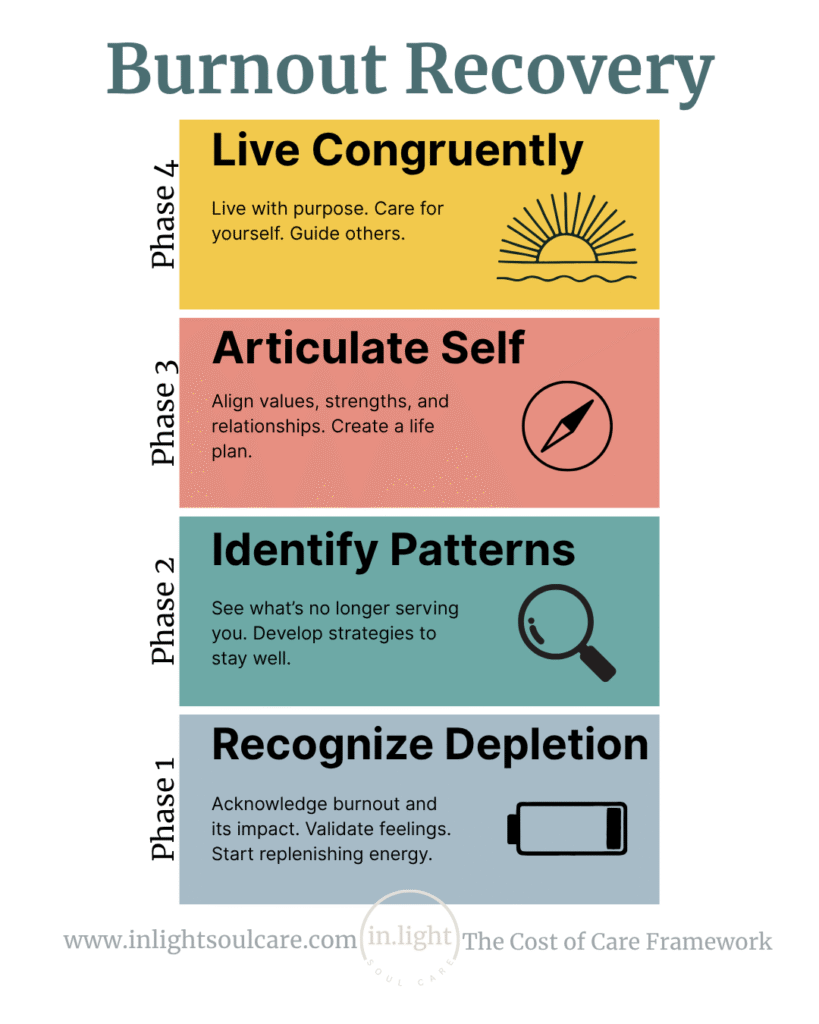How to Use Stress Leave Wisely: A Therapist’s Perspective
Taking stress leave is rarely part of the plan. Most people in Ontario wait until the very last moment, when exhaustion, anxiety, or burnout has already taken a heavy toll before stepping away from work. If you’re on stress leave now, or considering it, the question becomes: how do you use this time in a way that supports true recovery?

As a Registered Psychotherapist, I’ve worked with many professionals in Ontario who come to therapy during stress leave. Some spend the time resting and avoiding work calls, only to return feeling just as depleted. Others use it as a turning point. The difference lies in how you approach the weeks or months away.
Stress Leave and the Law in Ontario
What Stress Leave Is (and Isn’t) in Ontario
Stress leave is time away from work that your doctor or care provider authorizes when stress has impaired your ability to function. It can be short-term or extended, depending on your situation.
It is not:
- A vacation or a guilt-free holiday.
- A quick “reset” where a few naps will fix years of overwork.
- Time to secretly keep working from home.
Stress leave is a medical and psychological necessity. Treating it seriously is the first step toward using it wisely.
The Difference Between Rest and Recovery
Many people think of stress leave as time to rest. Rest matters, but rest alone isn’t recovery. Without intentional reflection and support, stress leave often becomes an extended break that leads straight back into the same problems.
Rest means catching up on sleep, stepping back from the pace of work, and letting your nervous system calm down.
Recovery means addressing what caused the collapse in the first place: burnout, anxiety, trauma, or moral injury, and building new patterns to return more healthily.
Common Pitfalls During Stress Leave
It’s easy to fall into traps that leave you no better than before:
- Obsessing over the return date: Spending the entire leave worrying about when you’ll go back instead of focusing on healing.
- Isolating yourself: Pulling away from friends, colleagues, or family because you feel guilty or ashamed.
- Over-functioning at home: Replacing work stress with new stress by taking on every household responsibility.
- Skipping professional support: Hoping time off alone will be enough.

How Therapy Supports You on Stress Leave
Therapy offers a space to unpack what led to the crisis and to create a healthier path forward.
In online therapy for stress leave, we work on:
- Understanding the lead-up: Exploring what caused the burnout, anxiety, or breakdown.
- Processing emotions: Addressing guilt, shame, or fear of “not coping.”
- Rebuilding identity: Separating your worth from your work role.
- Practical planning: Deciding whether to return, pivot, or re-set your career path.
Planning for Your Return, or a Redirection
One of the most important parts of stress leave is deciding what comes next. For some, that means returning to the same role with new strategies and boundaries. For others, it means transitioning to a different position or even a new career.
Therapy helps you sort through questions like:
- What would need to change for me to return sustainably?
- What boundaries must I put in place to protect my health?
- Am I open to a new direction if my current role keeps eroding my well-being?
The Cost of Care Framework
I often guide clients through my Cost of Care framework, which includes four phases of recovery:
- The Drain: When your energy is depleted and symptoms are undeniable.
- The Break: The crash or collapse that forces a stop.
- The Turn: Reflection and decisions about values, boundaries, and next steps.
- The Return: Re-entering work and life with clarity and strength.
Stress leave sits at the hinge between The Break and The Turn. How you use it determines whether your “return” is healing or harmful.

FAQs
How long should I take for stress leave?
It depends on your medical provider’s recommendation and your unique circumstances. Some people need weeks, others months. The key is using the time for real recovery.
Can a psychotherapist help during stress leave in Ontario?
Yes. As a Registered Psychotherapist, I support clients across Ontario during stress leave. Sessions focus on processing what happened and planning for a sustainable future.
What should I do during stress leave to recover fully?
Rest, seek professional support, reflect on your values and boundaries, and make intentional choices about your return or redirection.
Is therapy covered by insurance during stress leave?
Yes. Most Ontario extended health plans cover psychotherapy with a Registered Psychotherapist.






